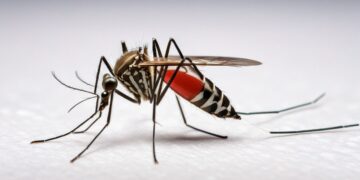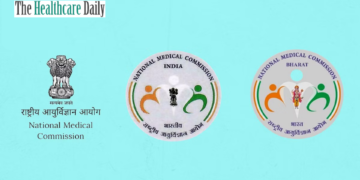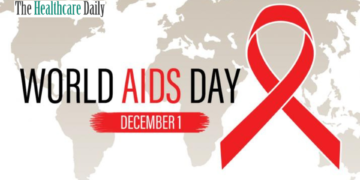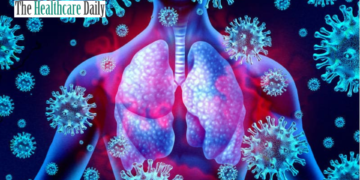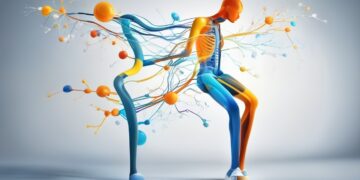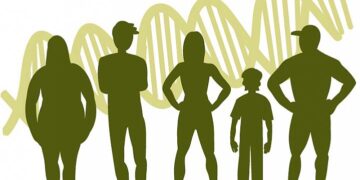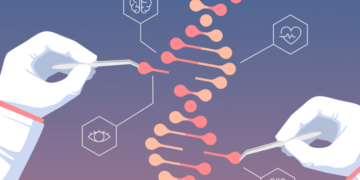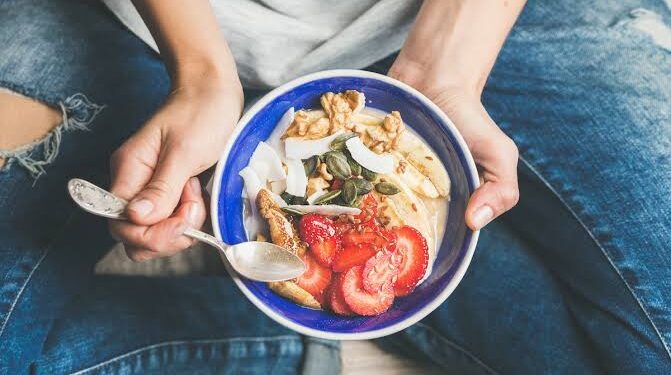Main highlights:
- Having a balanced diet enhances the recovery process
- The 5 helpful food items
When you are trying to get rid of an excessive addiction It might get simple to rationalise indulging in comfort foods like pizza, burgers, potato chips, sugary snacks, or soda after deciding to stop misusing alcoholic beverages or for extreme utilising drugs like heroin, cocaine, marijuana, or prescription medications because of the feeling of deprivation.
When compared to drugs or alcohol, junk food might be thought of as the lesser of two evils, but it only serves to allow you to trade one addiction for another. Your body can become just as dependent on the sugar in your diet as it can on the addictive component of the substances from which you are in recovery.
Junk food consumption can raise blood sugar levels, which could result in other issues like low energy and emotional mood swings. It’s important to keep in mind that utilising junk food as a substitute for drugs could lead to issues with an eating problem co-occurring.
Utilizing the advantages of the five foods listed below can be a useful method to support your body’s ability to heal both during and after recovery, especially in light of how important food is to mental, emotional, and physical health.
Anyone, not only those in recovery, should adhere to a well-balanced and varied diet that is rich in whole foods from the five suggested dietary groups – fruits, vegetables, grains, proteins, and dairy. (Your diet may be more constrained if you are intolerant to specific foods, such as dairy products.)
Any whole food is beneficial for your recovery, but some whole foods are particularly beneficial for early recovery because their nutrients help improve mood and brain function, lessen some of the mental and physical withdrawal symptoms, and hasten the healing process.
Here, whole foods—rather than fast food or processed foods—are the focus. Any fruit, vegetable, grain, protein, or dairy product that has not been artificially altered from its natural state is considered whole food. Whole foods include things like fruits, vegetables, meat, eggs, and ancient grains like quinoa and oats.
1. Whole grains
In order to help you feel fuller for longer while you’re in addiction treatment and recovery, whole grains can give your body complex carbs. Furthermore, whole grains can give your body the fibre it requires to repair the harm that drug and alcohol use has done to your digestive system. Like probiotics, whole-grain pasta and other high-fibre foods can give you energy, kick-start your digestion, and improve your digestive health.
Think about switching to whole grain alternatives for bread and pasta that are manufactured with white flour or high-fructose corn syrup. Bread made from whole grains has been shown to reduce the risk of developing diabetes. Another change you might want to consider making is switching from white rice to quinoa.
2. Vegetables
There are a number of vegetables that have been proven successful in the body’s healing during recuperation. People who are in recovery from drug or alcohol abuse or addiction ought to think about eating more blueberries.
Because blueberries contain antioxidants, they can be beneficial. Antioxidants are essential for improving immunological health and strengthening immune system activity. Additionally, they can stop, lessen, and delay cellular damage brought on by toxins and free radicals produced as a result of alcohol and drug addiction. Because of this, blueberries are an essential part of a diet for someone overcoming addiction.
Fruits and vegetables both have health benefits since they both contain a variety of vitamins, minerals, fibre, and other nutrients that the body requires for optimum function and fuel. People who are struggling with addiction may become malnourished as a result of inadequate food and incorrect nutrition absorption
But eating a diet high in nutritious veggies can help the body go back to normal nutrient levels. Additionally helpful in restoring the body to health after addiction is starch-rich veggies like potatoes, cruciferous vegetables like broccoli, and leafy greens like kale. Vegetables can also help restore the health of hair and skin, which frequently deteriorates while addiction is active.
3. Potassium-rich fruits
Another food that can aid in the body’s recovery after drug and alcohol usage or addiction is bananas. Bananas are not only a handy snack, but they also include tryptophan, an amino acid that is essential for the creation of serotonin, which is necessary for restful sleep and is sometimes severely dysregulated in the first few months after recovery.
The potassium content of bananas is well known, but they are also a strong source of vitamins B6 and C. Given that people who abuse drugs or alcohol frequently have low levels of potassium and magnesium, the large amounts of potassium found in bananas may help them recover. These minerals are electrolytes that play a part in controlling nerves, muscles, blood pressure, and heartbeat.
Lack of potassium and magnesium can cause weariness, weakness, muscle cramps, and confusion. Bananas, kiwis, cantaloupes, papaya, oranges, tomatoes, spinach, and avocados all provide a double dosage of these vital electrolytes for people in recovery.

Some of the Examples of entire meals that are frequently included in a rehab treatment programme include:
4. Food Items that include tyrosine as an amino acid
The “feel good” neurotransmitter dopamine, which is often present in early recovery at abnormally low levels and is linked to low energy and motivation, apathy, a sad mood, and strong drug cravings, is a precursor to tyrosine. Eating tyrosine-rich meals, which turn into dopamine after digestion, is one approach to increasing dopamine levels naturally. Bananas, sunflower seeds, soybeans, lean beef, lamb, pork, whole grains, and cheese are a few examples of foods high in tyrosine.
5. L-glutamine-rich dietary sources
An amino acid called L-glutamine has advantages for the immune system and antioxidants, among other things. Sugar cravings, which can be frequent in the early stages of recovery, can be lessened with L-glutamine.
Sugar consumption has been linked in research to higher rates of anxiety, depression, and inflammation, which may impede the effectiveness of an addiction treatment programme.
Increased L-glutamine levels can be attained by eating dark, leafy greens like kale, spinach, and parsley. Beets, carrots, beans, Brussels sprouts, celery, papaya, and protein-rich foods including beef, chicken, fish, dairy products, and eggs are some other natural sources of this amino acid.

